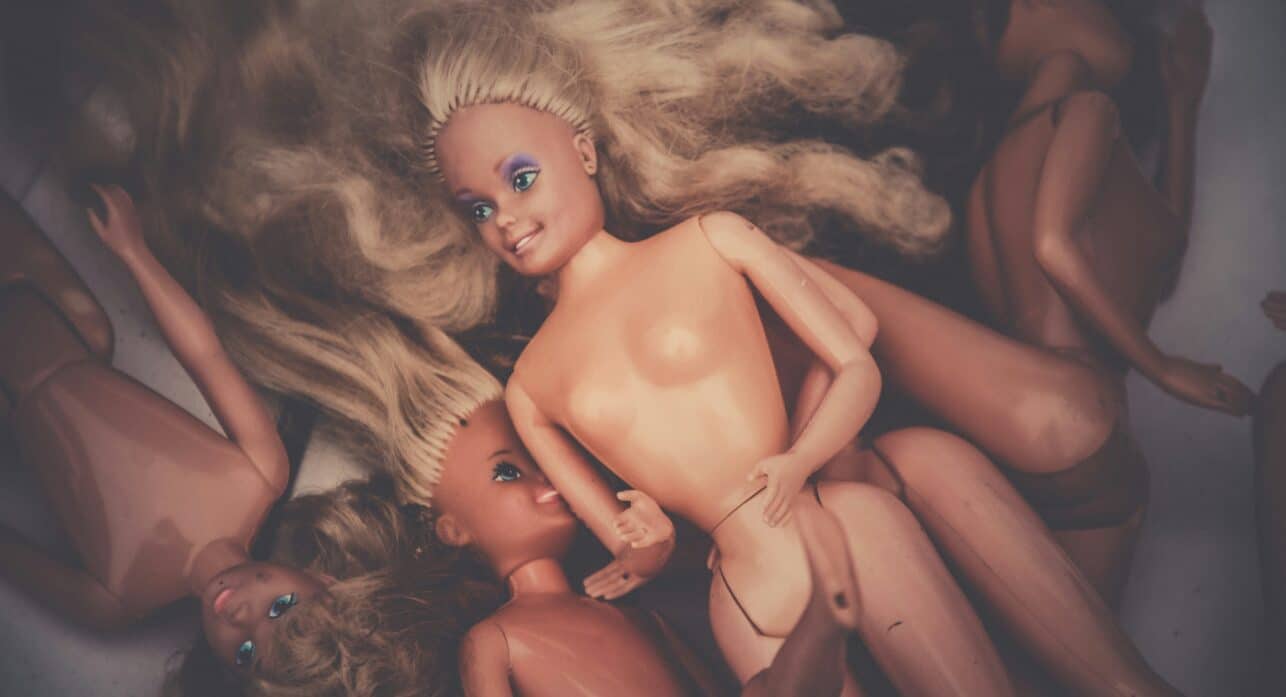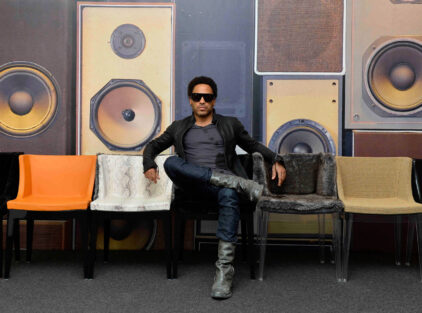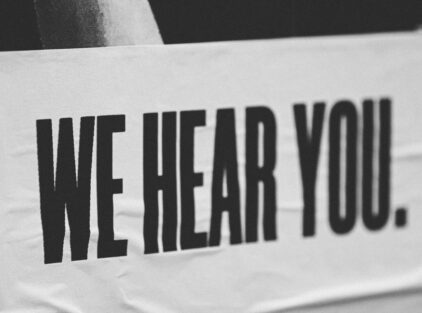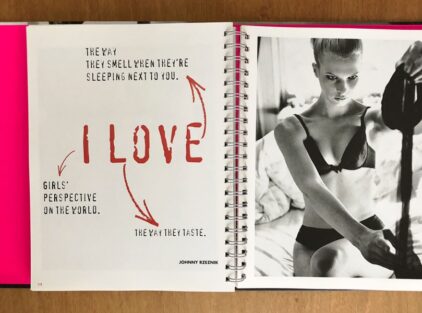Biological sex, gender identity and expression
Adolescence refers to a transitional period from childhood to adulthood. Many emotional changes take place as the exploration of sexuality – i.e. who I am attracted to¬ – and the understanding of identity – i.e. who I feel I am – begin.
by Maria Mylona
Biological sex and social sex vary culturally. Biologically, sexes are divided into 3 categories, male, female and intersex (intersex = refers to the ambiguity of the genitals or no defined anatomical sex). Gender is how everyone presents themselves socially.
Although research is weak in proving the cause of sexual orientation, it is thought to be due to a combination of genetic, hormonal and environmental influence. The weakness is due to the moral limitation of the questions that can be asked of young age groups. They are also aimed at white people in English-speaking countries, as it is generally not an acceptable topic of discussion. In research, having moments of intimacy with friends of the same sex is considered homosexuality while we talk about a possibly misunderstood homosexuality that can develop in adolescence due to experimentation and challenging stereotypes. Feeling intimate with a female friend, holding hands or sleeping in the same bed is common on vacation or at a friend’s house and is definitely not considered homosexuality. The search for emotional warmth does not correspond to sexuality.
A few years ago it was a very difficult time for young people whose desires did not conform to heterosexual norms. There was no knowledge of why they felt discomfort with their biological sex or why they desired something different from the rest. They couldn’t understand. While all that was needed is for them to embrace their diversity. Consider that the right to marry same-sex couples is recognized in only 34, including Greece, out of 194 countries in the world.
Nowadays, on the contrary, we have access to everything through our small screens. This has its advantages and disadvantages. Our brain is bombarded with infinite information that it is not used to handling. We end up identifying with unfamiliar patterns and losing our own identity. It has become “fashionable” to declare various kinds of sexual orientations and social genders, 32 in all. Such as Bisexual, Pansexual, Transgender, Non-binary, Gender queer, Gender fluid, Cis gender, Gender non-conforming, etc., without their differences being easily distinguishable.
I used the word “fashionable” because a 15-year-old told me that she is embarrassed to tell her friends that she likes boys because at her school “it’s not cool to be straight.”
A 23-year-old girl expressed to me with concern that it cannot be normal to be straight since most people around her do not conform to stereotypical standards.
A young 21-year-old tells me that a friend of his changes gender every year to blend in with those around him.
The abundance of information that is not coupled with personal experience confuses, rather than helps young people. In their effort to fit in or stand out, they distort their true desires.
It is important to be true to ourselves and our choices. We don’t embrace a ‘term’ or a ‘label’, but rather the one that moves something within ourselves.
“When I discover who I am, I will be free” Ralph Ellison
Maria Mylona is a Health Psychologist and Synthetic Psychotherapist
Photo by Alexandre Dinaut on Unsplash













